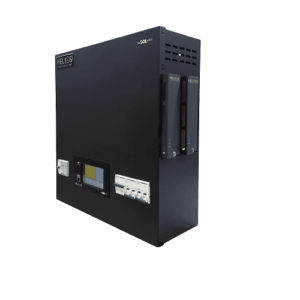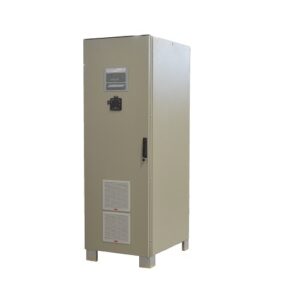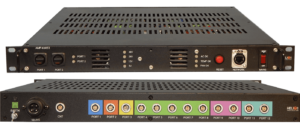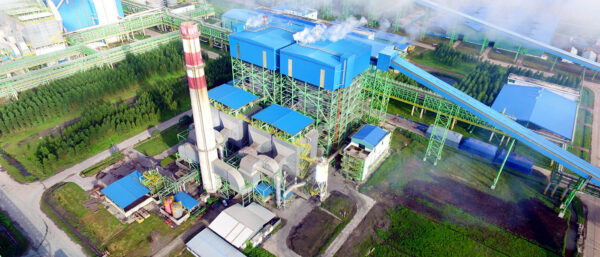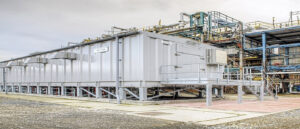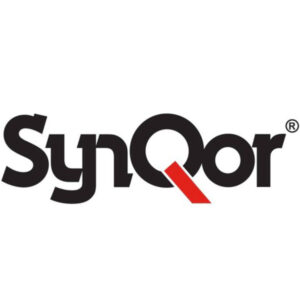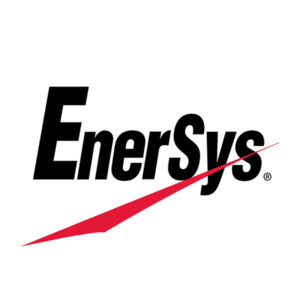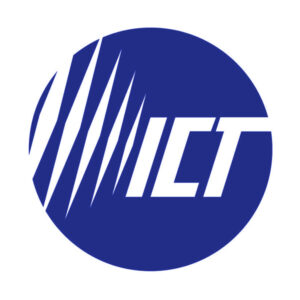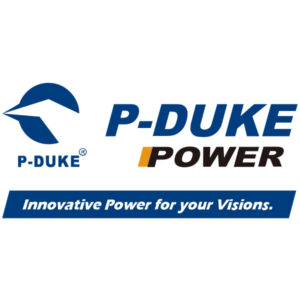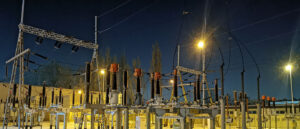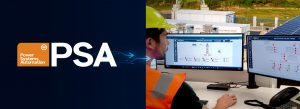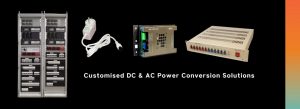With interest growing in the use of Li-ion battery chemistries at RF sites, some caution and research is required
Lithium-ion (Li-ion) batteries offer some potential advantages over traditional lead acid batteries, including longer life, smaller size and weight, and lower operating costs over time.However, the use of Li-ion batteries at RF tower sites is relatively new, with sealed or valve regulated lead acid batteries still the predominant battery type used today. Lead acid technology is safe, well proven, readily available, and performs well with proper care and maintenance.
What about safety?
Li-ion batteries have been the subject of some high profile reported cases of fires in various applications. This is primarily due to their much higher energy levels, lack of satisfactory containment in some cases, and the potential to reach a thermal runaway state more easily than a lead acid battery would. Li-ion battery manufacturers have been working hard, however, to overcome these early obstacles.
Battery Management System
If considering using Li-ion batteries, one of the most critical aspects is the battery management system (BMS). The BMS is part of the battery, and constantly monitors battery temperature, charge level, and charge rate to protect it against short circuits and overcharging. The BMS also protects the cells from damage by preventing the voltage from getting too low during discharge.
Different Types of Li-ion
The reality today is there is not one kind of Li-ion battery chemistry. LCO, LMO, NMC, LFP, NCA and LTO are all offered, and each has its own cost and performance characteristics. You will need to conduct research as to which type is best suited for your application, costs and operating requirements.
Use with DC Power Supplies
As there are several types of batteries having various chemistries and battery protection systems, when selecting a third-party battery for use with a DC power supply or charger, special attention should be made to ensure that the battery selected can accept the charging voltages and/or currents available from the supply. This information can typically be found in product data sheets and user manuals. On some products, settings such as output voltage and charge current are adjustable to meet various third party battery requirements or improve performance. It is important to ensure the power supply specifications meet the battery manufacturerʼs recommendations and requirements.
Because the Li-ion field is still very new, and no single standard has yet emerged for charging and maintaining the various chemistries, the onus for managing all of the charging parameters for these chemistries falls to the battery manufacturer themselves. This is why the battery manufacturers have put a lot of effort and research into designing their battery management systems. They realize that in order to gain commercial acceptance, they must provide the safeguards required to make the implementation of Li-ion a commercially safe and viable option to sealed lead acid batteries.
It is important to review battery data sheets and/or consult with the battery manufacturer to ensure their battery is compatible with the DC power supply or charger specifications.
Helios does not guarantee that all battery chemistries will be compatible with Helios devices, and cannot be responsible for any damage equipment, premises or life that may arise from the selection of any particular battery type. Before making a battery purchase decision, the first step is to check carefully with the battery manufacturer before connecting any battery to Helios equipment.

